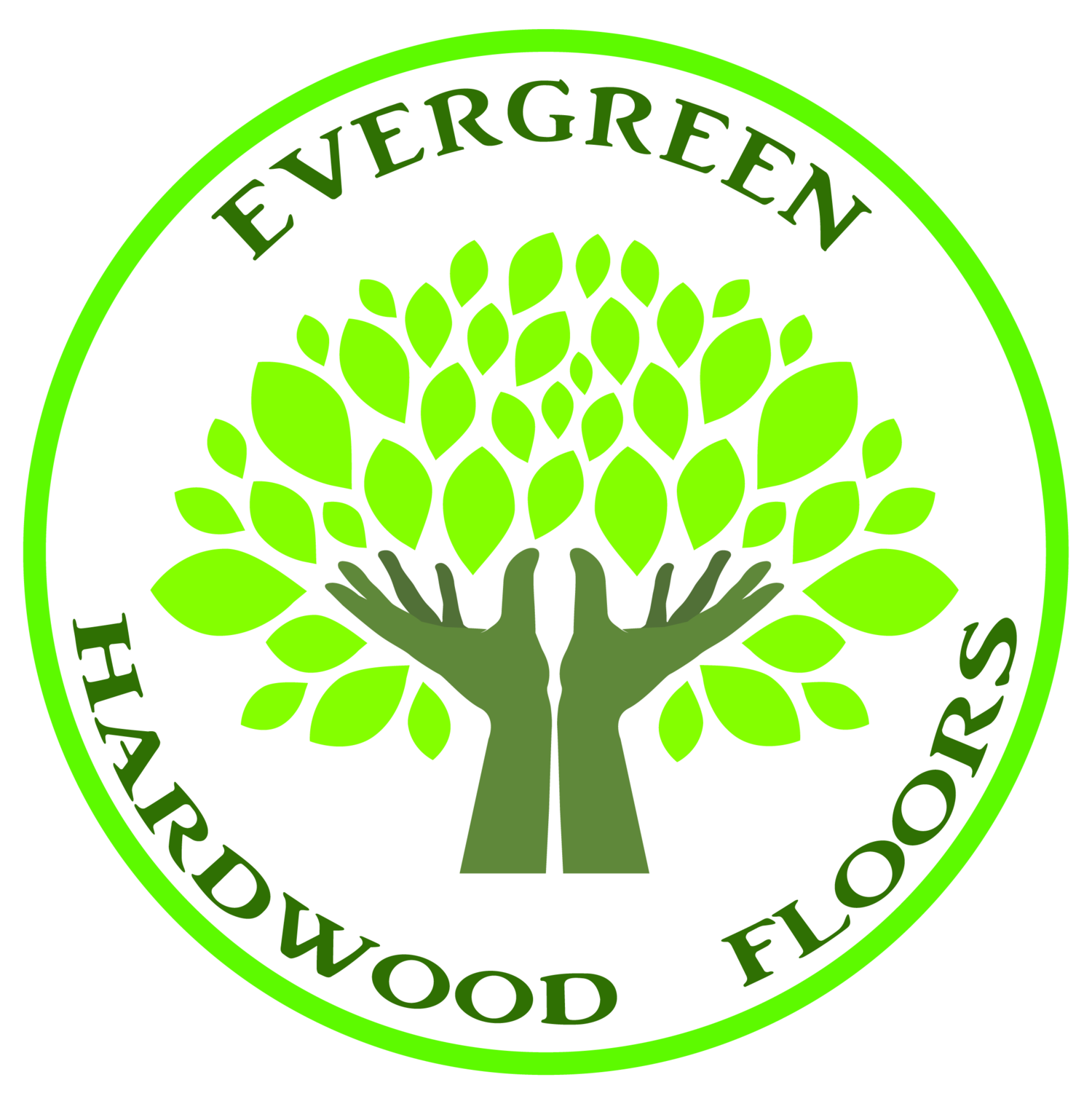Things you need to know before you decide to buy hardwood flooring. Don't be confused because of many sales associates or contractor that try to sell what will cost you a lot.
Hopefully, this blog can help you find out what's the best for your need and your pocket.
Which one is better between Solid Hardwood vs. Engineered Hardwood?
The answer is it depends on what kind of sub-floor you have.
For some people, engineered hardwood floors may well represent a better option. Here’s why:
Engineered Hardwood
Engineered Hardwood floor is the excellent option for moisture especially if you have a concrete sub-floor. Engineered Hardwood Floor is made by gluing a top-layer or veneer of solid hardwood onto another layer of Hardwood. This makes the floors less dense and therefore more resistant to elements like moisture and heat.
A common misconception about engineered hardwood floors is that they aren’t real, this is not true. Engineered hardwood floors made from 100% genuine wood. They are called ‘engineered,’ because they designed for performance.
While it is true that engineered hardwood floors can sometimes be cheaper than solid hardwood, this does not mean that they represent a worse choice. Engineered hardwood floors generally require less maintenance, are easier to install, offer a wider array of options to the consumer, and perform better than solid hardwood.
This performance-level mainly has to do with water. Solid hardwood is very responsive to moisture in the air. Changes in temperature and humidity cause solid hardwood floors to expand and contract with the seasons.
To help minimize this movement, manufacturers cut solid hardwood thin in width and thick in height. You don’t need to cut engineered hardwood this way because it can better accommodate changes in humidity and temperature. This means that planks of engineered hardwood can be reduced much wider than solid hardwood, offering more choices to the consumer.
Engineered hardwood is also much easier to install than solid hardwood. Again, this has to do with moisture. The fact that solid hardwood changes its shape means that you can only install it on certain types of surfaces and in a particular way.
Solid Hardwood
Solid Hardwood represents a luxurious and traditional method of homemaking. This practice hearkens back to the days of the hand-crafted hardwood flooring that graced the halls of Versailles and the palaces of Europe.
If you are looking for traditional flooring, there is no better option than solid hardwood; people have been using it for hundreds of years. Solid hardwood flooring has stood the test of time. If properly cared for, nothing beats its longevity.
Further, depending on where you live, moisture levels may not be an important consideration. If you live in an area with relatively stable humidity and temperature levels, you may not need to worry about your floors changing with the seasons.
Finally, there are some advantages to the thickness of solid hardwood floors. Namely, it gives you the ability to refinish your floors again and again. Sometimes, people sand their floors down in order to remove scuffs and scratches. After you sand the floor down, you can then refinish it with different stains, because solid hardwood floors are thicker and come in one whole piece of wood so you can sand and re-stain them multiple times. Usually, you can only re-finish engineered hardwood floors one or two times.
If you plan on redecorating often and want to change the color of your floor without completely replacing it, then solid hardwood may be the better option for you.
The decision between engineered hardwood and solid hardwood mainly comes down to personal preference. However, certain factors should affect your decision-making process. These include humidity, temperature, the type of sub-floor you are installing on, and whether or not redoing your floor is a DIY project or a project for a professional contractor.
Email us at info@evergreenwoodfloor.com for more questions.



